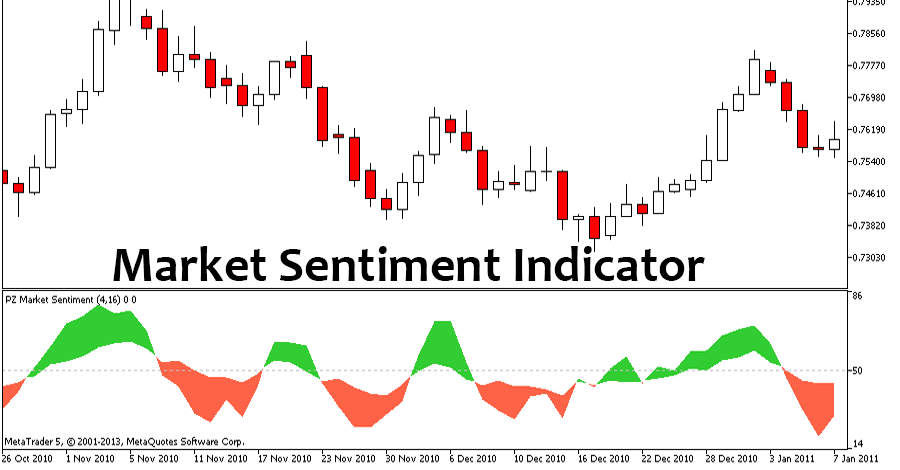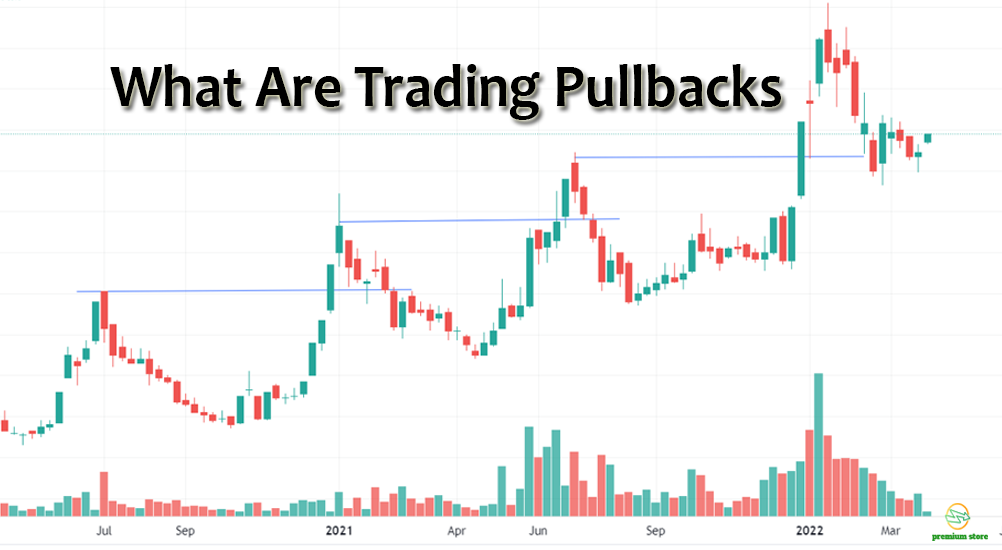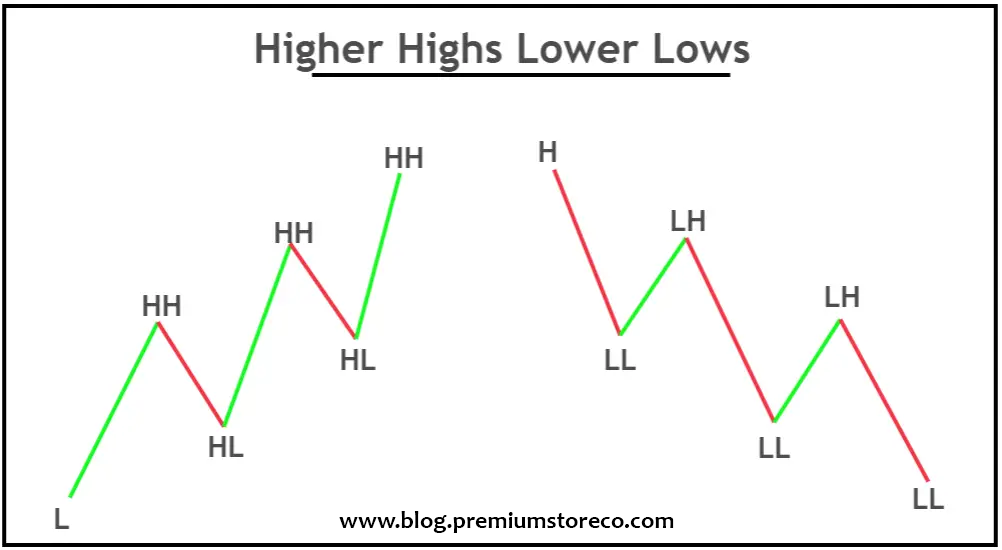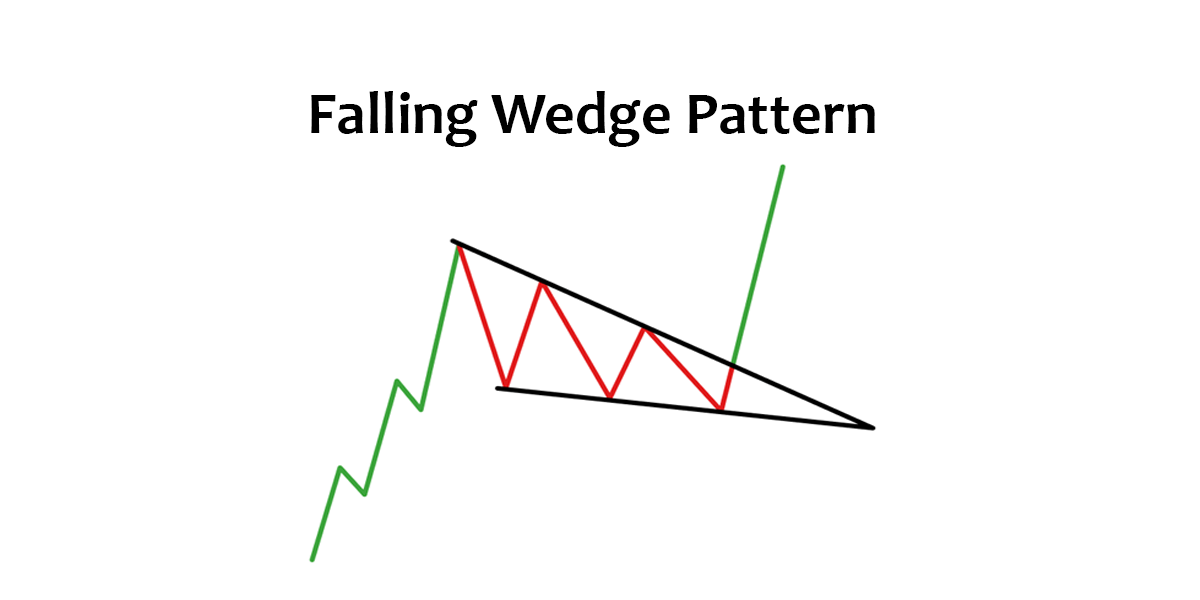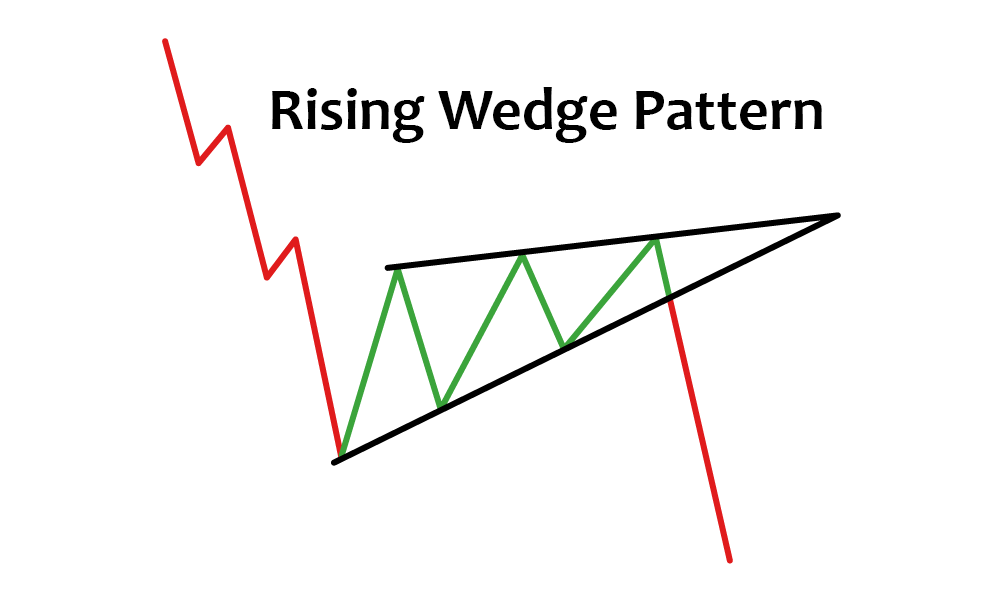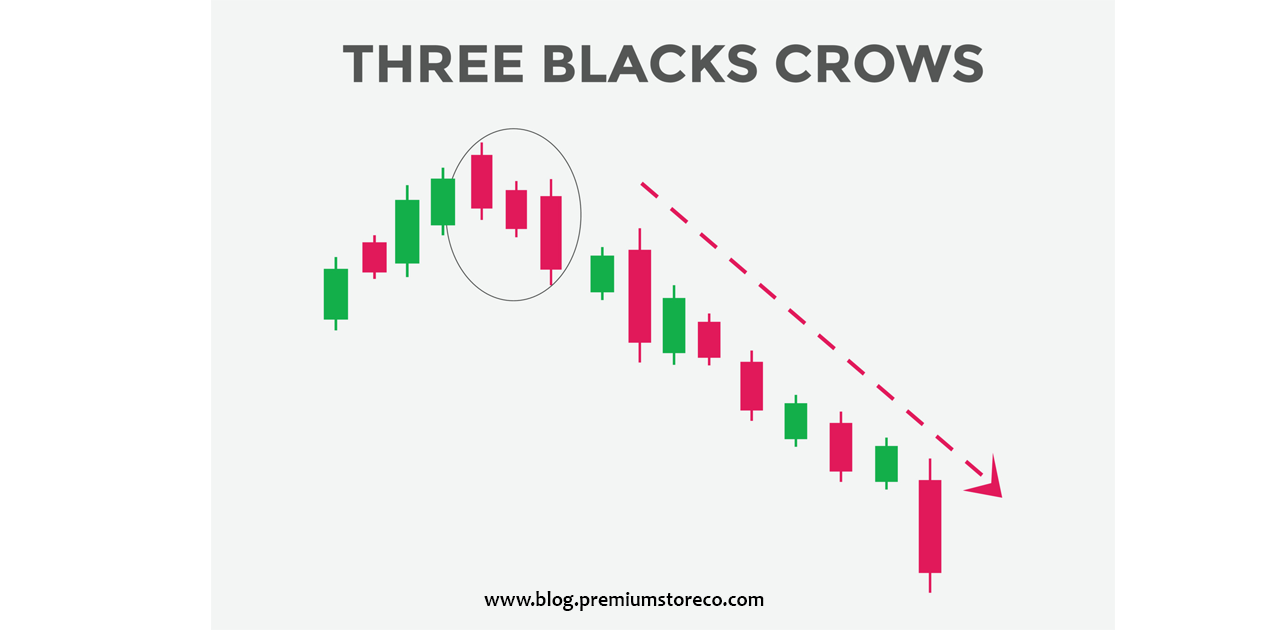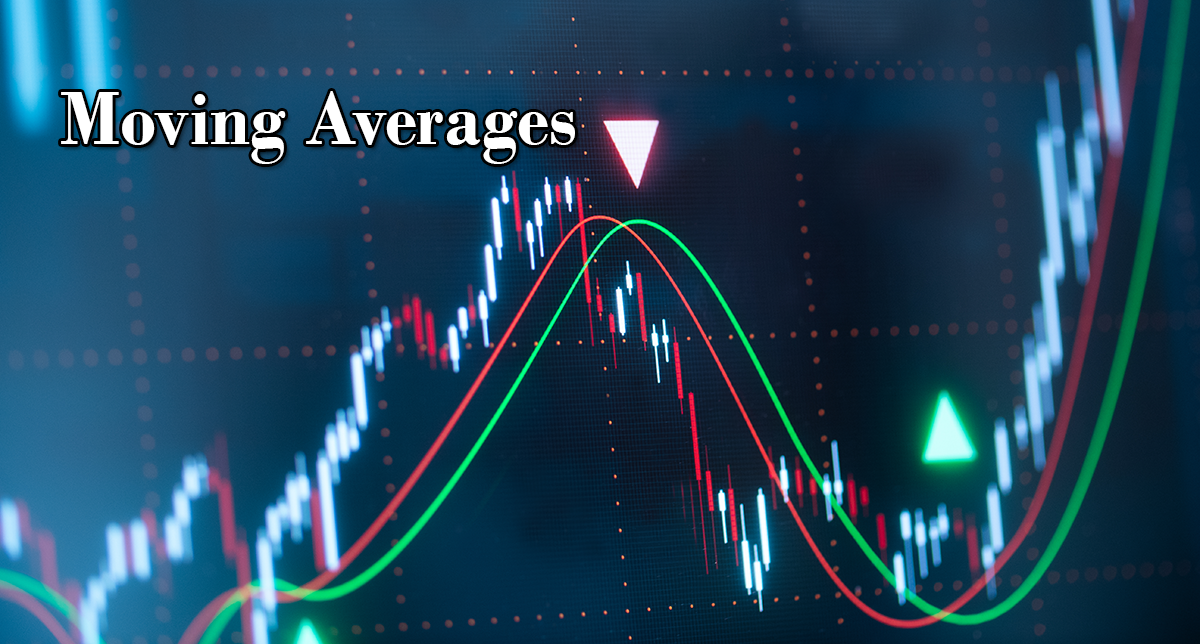As a financial analyst, I have come across several tools that help in analyzing and interpreting financial data. One of the most common tools used in financial analysis is moving averages.
In this article, I will explain what moving averages are, the types of moving averages, how they are used in financial analysis, their advantages and disadvantages, common moving average strategies in trading, and how moving averages are used in trend analysis, volatility analysis, and support/resistance levels.
Introduction
Moving averages are a technical analysis tool used to smooth out price fluctuations in financial data. They are used to identify trends and to make trading decisions. Moving averages are calculated by taking the average price of a security over a specific period, and the calculation is repeated for each data point.
Moving averages are widely used by traders, investors, and analysts to identify trends in the market. They are also used to filter out short-term price fluctuations, making it easier to identify long-term trends. Moving averages are simple to calculate and easy to interpret, making them a popular choice among traders.
What is a Moving Average?
A moving average is a calculation of the average price of a security over a specific period. The moving average is calculated by taking the sum of all the prices over the specified period and dividing it by the number of data points in that period. For example, a 10-day moving average is calculated by adding the closing prices of the last 10 days and dividing the sum by 10.
Moving averages are plotted on a chart, and traders use them to identify trends in the market. The moving average line is a smooth line that follows the price of the security, and it is used to filter out short-term price fluctuations.
Types of Moving Averages
There are different types of moving averages, and the most common ones are simple moving average (SMA), exponential moving average (EMA), and weighted moving average (WMA).
The simple moving average is the most basic type of moving average. It is calculated by taking the sum of all the prices over a specific period and dividing it by the number of data points in that period. The simple moving average gives equal weight to all data points in the period.
The exponential moving average gives more weight to recent data points. It is calculated by giving more weight to the more recent data points and less weight to the older data points.
The weighted moving average is similar to the exponential moving average, but it gives more weight to the more recent data points and less weight to the older data points. The weighted moving average is more sensitive to price changes than the simple moving average.
How Moving Averages are Used in Financial Analysis
Moving averages are used in financial analysis to identify trends in the market. They are also used to filter out short-term price fluctuations, making it easier to identify long-term trends. Moving averages are simple to calculate and easy to interpret, making them a popular choice among traders.
Traders use moving averages to identify buy and sell signals. When the price of a security crosses above its moving average, it is a buy signal, and when the price crosses below its moving average, it is a sell signal.
Moving averages are also used to identify support and resistance levels. Support levels are areas where the price of a security has a tendency to stop falling, and resistance levels are areas where the price of a security has a tendency to stop rising. Moving averages are used to identify these levels, and traders use them to make trading decisions.
Advantages of Using Moving Average
There are several advantages of using moving averages in financial analysis. First, moving averages help to identify trends in the market. They are also used to filter out short-term price fluctuations, making it easier to identify long-term trends. Moving averages are simple to calculate and easy to interpret, making them a popular choice among traders.
Second, moving averages are used to identify support and resistance levels. These levels are important in making trading decisions, and moving averages help to identify them.
Third, moving averages are used to identify buy and sell signals. When the price of a security crosses above its moving average, it is a buy signal, and when the price crosses below its moving average, it is a sell signal.
Disadvantages of Using Moving Average
There are also disadvantages to using moving averages in financial analysis. First, moving averages are lagging indicators, meaning that they do not predict future price movements. They only reflect past price movements.
Second, moving averages can generate false signals. For example, a security may cross its moving average, but then quickly move back in the opposite direction. This can result in a false buy or sell signal.
Third, moving averages may not work well in volatile markets. In volatile markets, prices can change quickly, making it difficult to identify trends using moving averages.
Common Moving Average Strategies
There are several common moving average strategies used in trading. The most common ones are the crossover strategy, the moving average ribbon, and the moving average envelope.
The crossover strategy is the simplest and most popular moving average strategy. It involves buying when the price of a security crosses above its moving average and selling when the price crosses below its moving average.
The moving average ribbon is a combination of several moving averages of different lengths. Traders use the moving average ribbon to identify trends and filter out short-term price fluctuations.
The moving average envelope is a set of upper and lower bands that are placed above and below the moving average line. The upper and lower bands are used to identify overbought and oversold conditions, and traders use them to make trading decisions.
Moving Averages and Trend Analysis
Moving averages are commonly used to identify trends in the market. Traders use moving averages to identify the direction of the trend and to filter out short-term price fluctuations. Moving averages are also used to identify support and resistance levels, which are important in making trading decisions.
A bullish trend is identified when the price of a security is above its moving average, and a bearish trend is identified when the price is below its moving average. Traders use moving averages to identify the direction of the trend and to make trading decisions.
Moving Averages and Volatility Analysis
Moving averages are also used to analyze volatility in the market. Traders use moving averages to identify periods of high volatility and to filter out short-term price fluctuations.
When the price of a security is moving away from its moving average, it is an indication of high volatility. Traders use this information to make trading decisions, such as adjusting their stop-loss orders.
Moving Averages and Support/Resistance Levels
Moving averages are commonly used to identify support and resistance levels in the market. Support levels are areas where the price of a security has a tendency to stop falling, and resistance levels are areas where the price of a security has a tendency to stop rising.
Traders use moving averages to identify these levels, and they use them to make trading decisions. When the price of a security crosses above its moving average, it is an indication of a potential support level. When the price crosses below its moving average, it is an indication of a potential resistance level.
Conclusion
Moving averages are an important tool in financial analysis, and they are widely used by traders, investors, and analysts. They are used to identify trends in the market, filter out short-term price fluctuations, identify support and resistance levels, and generate buy and sell signals.
Moving averages have several advantages, including their simplicity and ease of interpretation. However, they also have several disadvantages, including their lagging nature and their tendency to generate false signals.
Despite their disadvantages, moving averages remain a popular tool in financial analysis, and they are likely to continue to be used by traders, investors, and analysts in the future.
GENERAL RISK WARNING!
NOTE: This article is not investment advice for anyone because online trading could be a high risk for all who have a lack of knowledge & experience. 86% of traders lose money in financial markets. we are not your financial advisors who guarantee your profit at all.



